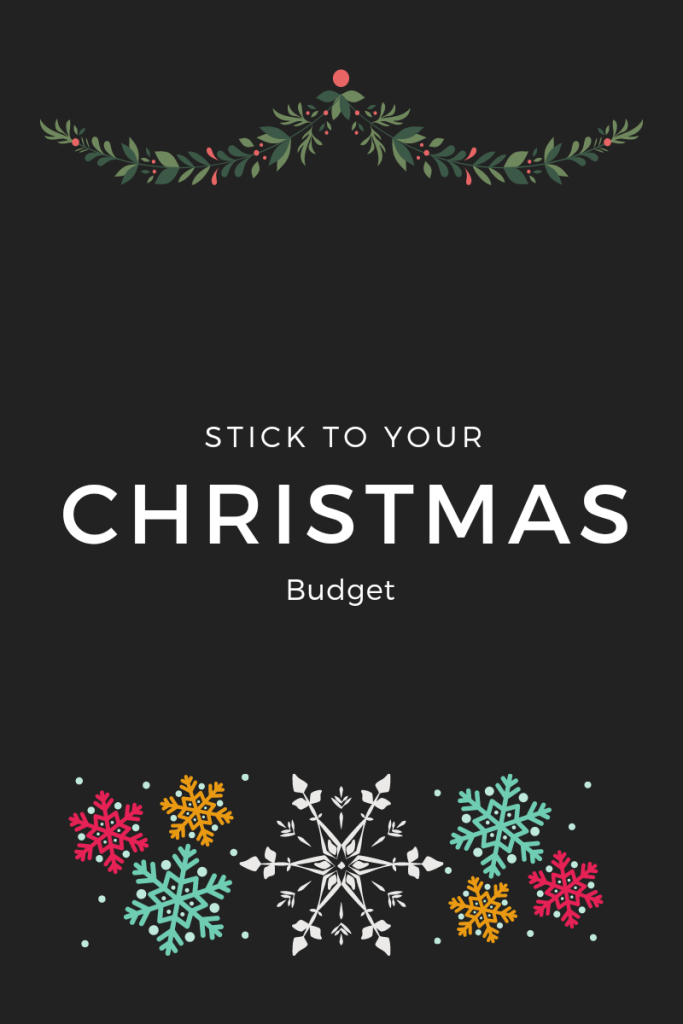
Having an interest outside of work and that is just for you is so important. If it’s something to do with a loved one or something you do by yourself it doesn’t matter. It just needs to be something that brings you joy. Affording a hobby on a tight budget is no easy feat. It takes planning and consideration.
What needs to be considered first?
Firstly, is this a life long hobby that you’ve loved for years or is it a flash in the pan? Are you a serial hobbyist? The reason this is the first consideration is you don’t want to commit to a hobby that you may not stick at by spending a ton of money initially. If this is a passion of yours and you know you will get hours of enjoyment it is worth any initial outlay (within your budget!) to get it going again or to keep it going.
For the sake of an example we will look at music. Someone who has played drums for years but gave it up when their kids were born may feel the urge to take them back up for stress relief or just for the sheer love of the music. It is justifiable for that person to spend the money needed to get set up again. They know this is something they will stick at and enjoy.
What about someone who has always wanted to learn but has never had the opportunity before now and is on a tight budget? Because they have never done it before they would be better to avoid any large investment at first. Lessons are a big enough expense to start with. It is possible to practice at first without a drumkit. As time goes on equipment can be bought second hand or gotten on freecycle sites.
What’s next?
Cost. Why is this the second consideration? I put it second because a passion that brings joy would in my opinion be an essential spend. Remember your budget should be a reflection of the things you value most. If you have a hobby that brings value to your life then it should have a space in your budget.
Right so you have an expensive hobby like horse riding. The budget is tight with little money spare. As it is you’re struggling to make ends meet. Work out an arrangement with your local stables perhaps. Do some mucking out in return for a lesson. Or maybe you can afford to pay for a lesson once a month so you work it into your budget and make it your day of self care. The whole day. It doesn’t need to be any more expensive than paying for the lesson. The rest of the day could be spent hiking, meditating or reading in bed.
Lastly you need to consider ongoing costs.
So with horse riding and drum lessons the lessons themselves are more or less the ongoing expenses. There’s the occasional additional expense of clothing or drumsticks which ideally could be cash flowed or paid for with a sinking fund. How does that work with fishing though?
Fishing is expensive to get started with. There is no fee for lessons, however the equipment is not cheap. You can’t go fishing for Pike without a rod. Lets look at ways of affording your hobby on a tight budget. For birthdays and Christmas if someone doesn’t know what you’d like you could mention you enjoy fishing. Keeping an ongoing sinking fund to cover the cost of ground bait and lures is another great way to stay a float of your expenses.
Practical examples
Take reading, it can cost a good chunk of change and so your local library is your best friend. Many charge nothing or only a few cent. If you have friends that enjoy reading you could swap books between you.
Ebooks are often cheaper than traditional printed copies. Websites like BookBub make finding free books or very cheap books simpler.
Swimming, running and hiking don’t need to cost much. Getting out into nature is free and good for you body and soul. Taking bottled water, picnics and buying the best quality equipment that you can afford are all great ways to keep costs down.
What about dancing or painting?
Dancing can be done anywhere. You can pop on some music and get your groove on anywhere. If you prefer to follow a choreography then YouTube videos such as this one could be the answer.
Painting is one of those tricky ones. It costs money to get it going and there is an ongoing cost. If its a new hobby look at lower end products and keep it simple to start with. If this is a long term passion of yours budget what you can afford and buy the best quality materials you can within your budget.

























